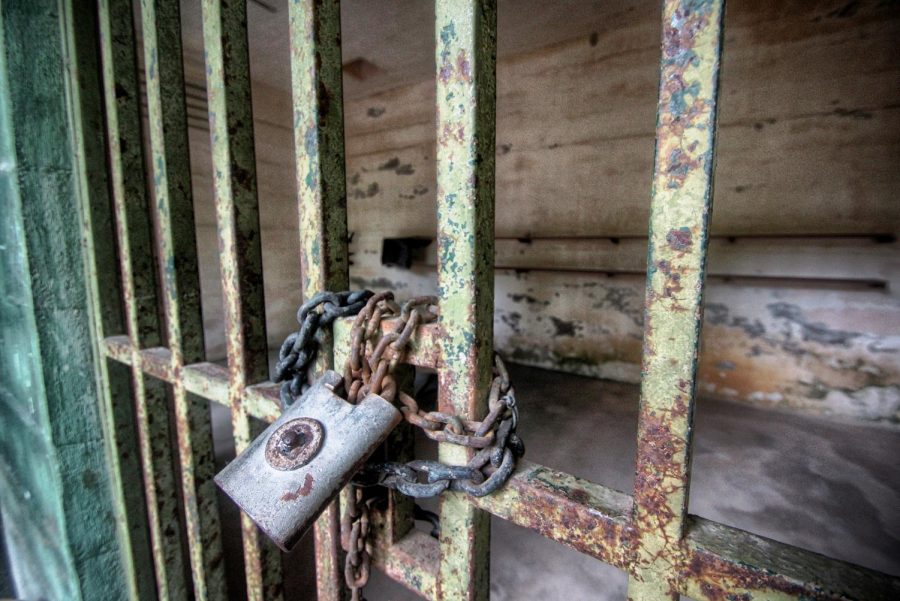Illinois Ends Cash Bail, Others May Soon Follow
April 18, 2021
Illinois recently passed a law ending cash bail, making it the first state to do so. The historic criminal justice package was signed into law by Illinois governor J.B. Pritzker on Feb. 22 this year. In addition to ending cash bail for pretrial defendants, the law also included a new process to decertify officers who commit abuses, the ability to bypass mandatory minimums in certain situations, additional services provided to defendants during the pre-trial period, and other criminal justice reform measures.
Cash bail is the money that is paid as a deposit in order to release a person who has been arrested. It was instituted as a measure to guarantee that a defendant would return for their hearings and trial. However, cash bail has been long criticized as discriminatory towards the poor and people of color. Senior Advisor of the Vanderbilt Prison Project, Jordan Baines, supports Illinois’ elimination of cash bail, saying she “personally think[s] that it is a necessary step towards criminal justice reform. Establishment of bail is another way to classify who does and does not deserve freedom, and it disproportionately affects Black and Brown people.” She maintains that while “it will not be the main thing that reduces Brown and Black bodies in prisons, it is a big step towards that.” Additionally, the elimination of cash bail is a “neutral implementation of law that will work in favor of Black and Brown people when often the law tends to work against them.”
While Illinois is the first state to end cash bail, Washington, D.C. eliminated their cash bail system in 1992. The D.C. court system has their judges now use a risk assessment to determine whether or not they think a defendant would be willing or able to return for their court dates. In 2017, the D.C. court system released 94 percent of all arrested people as a consequence of this change. Eighty-eight percent of these defendants made every court appearance, and 86 percent were never arrested for any criminal offense of any kind. Furthermore, less than 2 percent of people that were released were rearrested for a crime of violence. These statistics should help mitigate fears among the general public that ending cash bail could allow violent offenders to reoffend while awaiting trial. In reality, the only difference in the release system is that those who could not pay bail will also be released with their counterparts who could pay.
With Illinois’ historic statewide end to cash bail, it is expected that other states will follow suit. In fact, soon after the Illinois law passed, the California Supreme Court ruled unanimously that it is unconstitutional for defendants to remain in prison solely because they cannot pay bail. While a court ruling is less concrete than a law being enacted, it nevertheless shows that California is on the path to ending cash bail.
Though criminal justice reform advocates view ending cash bail as instrumental to changing the system in a positive light, not all are applauding the movement to end the use of cash as a means for pretrial release. Bail agencies profit off of the use of cash bonds when they sell bonds to defendants, so if cash bonds are eliminated entirely, these businesses will become obsolete.
Furthermore, a large portion of the general public remains skeptical of the elimination, fearing the release of dangerous criminals. In the 2020 election, Californians were asked if they supported the legislation to discontinue the cash bail system. The results reflected that 56% of voters did not support the removal and replacement of cash bail, while 43% voted to uphold the legislation. This demonstrates that while the movement to end cash bail has made great strides, there are still many obstacles to eliminating it completely in the United States.
Image Credit: “Bondage Breaker. Walking with a friend in the dark is better than walking alone in the light. — Helen Keller” (unmodified) by Allen Warren is licensed under CC0 1.0








